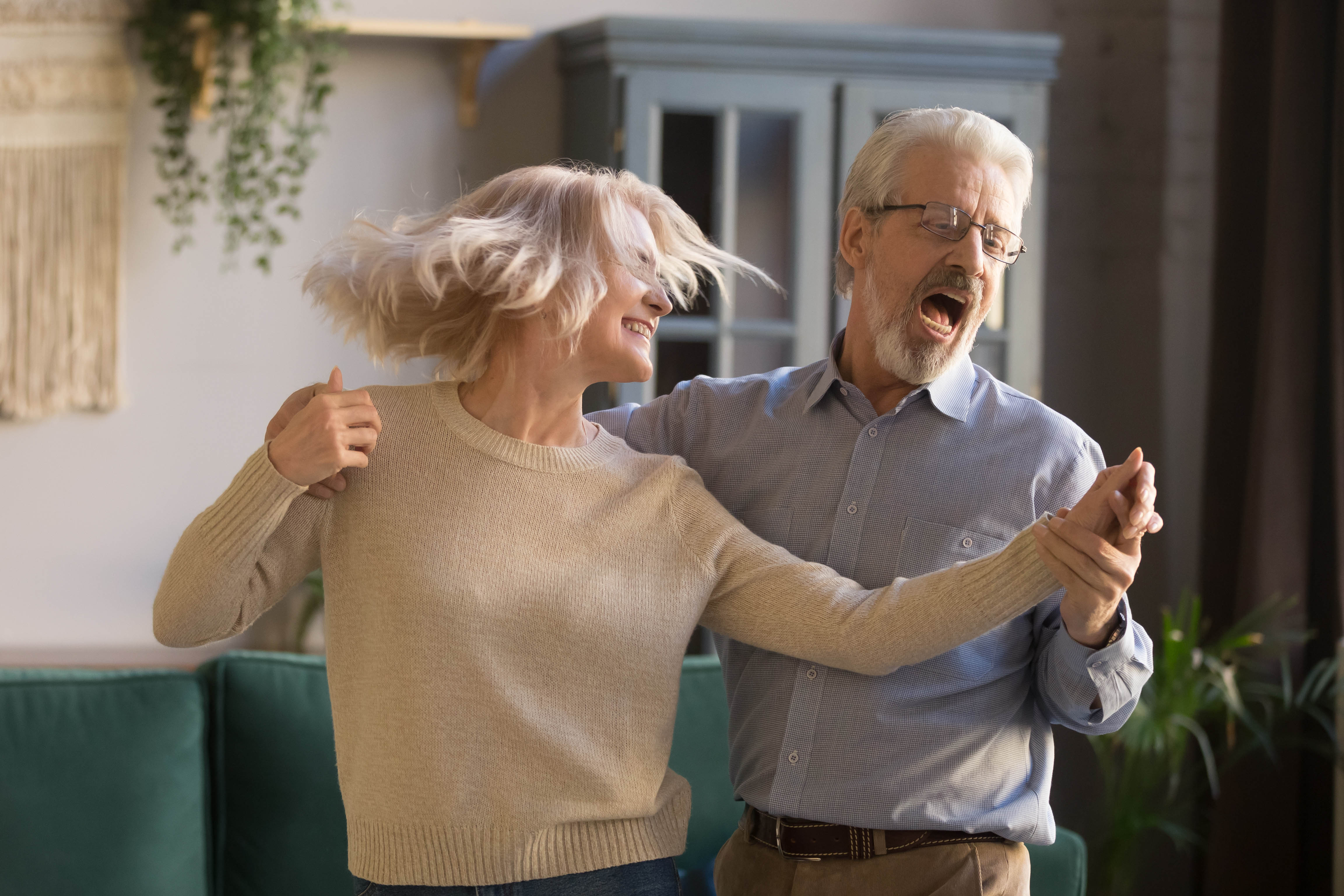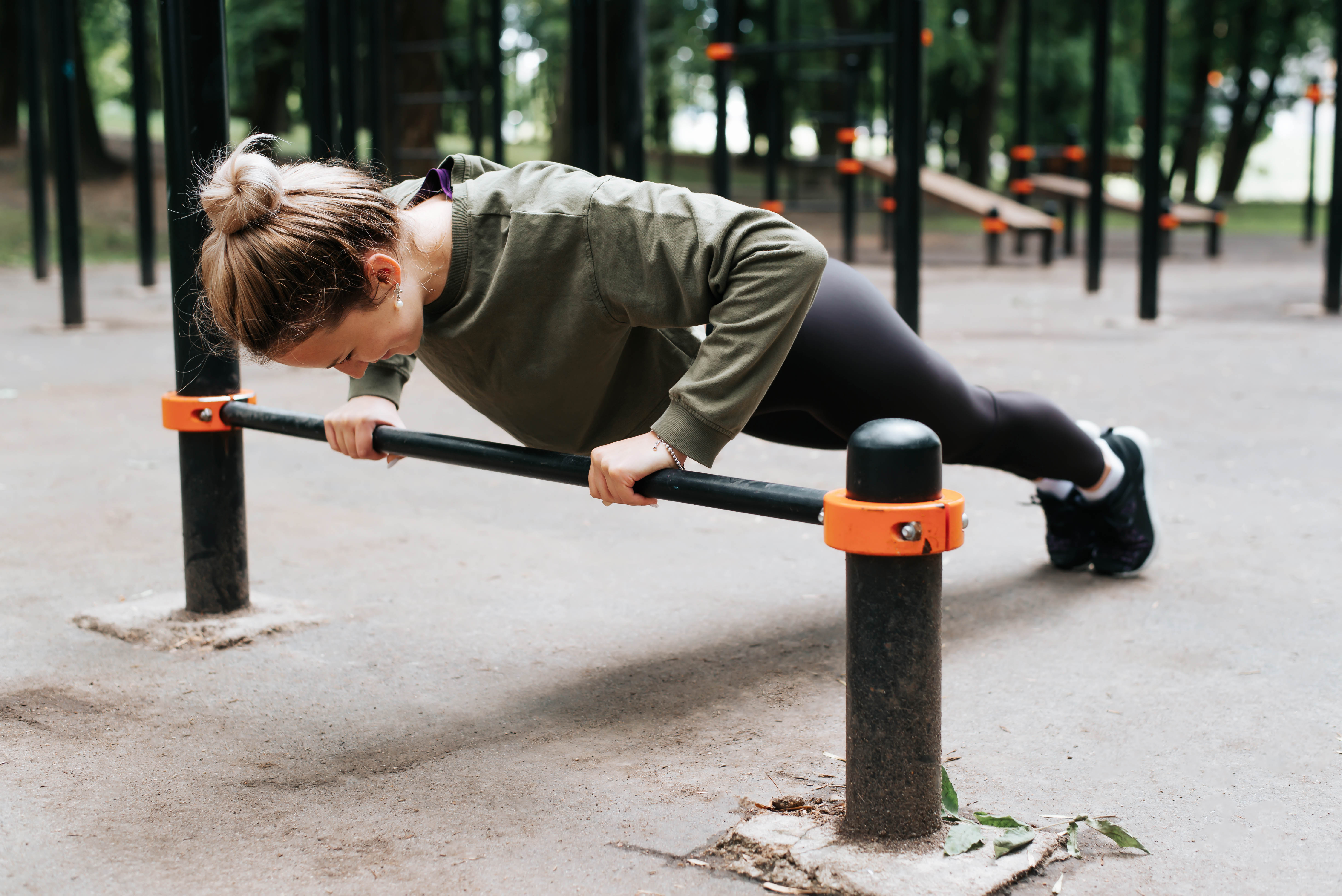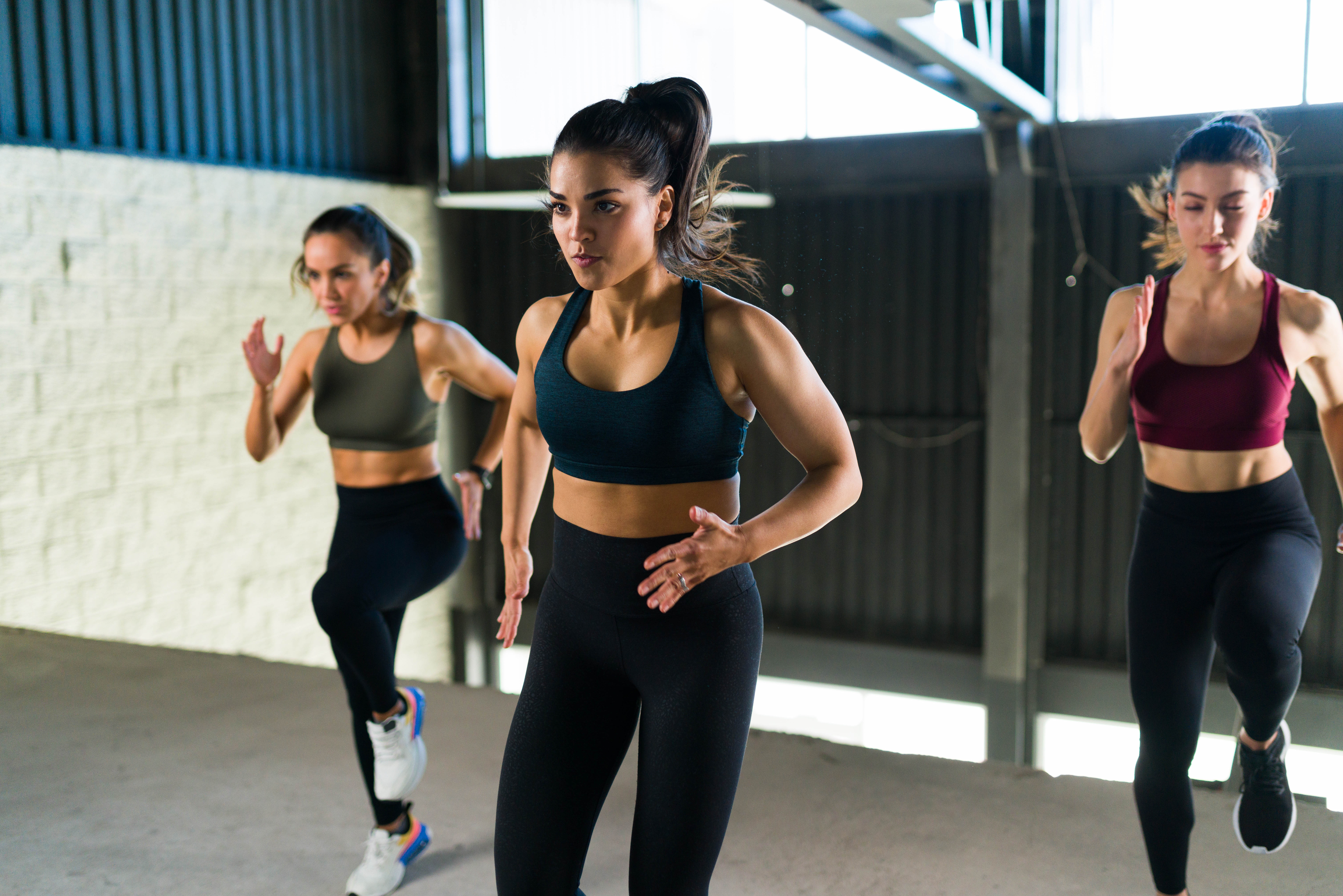Train to become a CGoC Pentathlete
Living Well

Written by: Meg Sharp, Fitness & Wellbeing Consultant, Cambridge Group of Clubs
While the pentathlon has been around for an exceptionally long time – what we’re proposing is a totally different beast: One that can be altered to suit absolutely anyone. One designed for the pure enjoyment of the athlete themself – no need for any spectators. One you can train for for the rest of your life – irrespective of your age. One that will support that “rest of your life” journey arguably far better than any singular athletic or exercise endeavor.

The specific events are not throwing, long jump, javelin-throwing, running and wrestling as they were in 708 BC. Rather our events have specific purposes. The exact activities within each category is up to you.
Another benefit of the CGOC Pentathlon, is you are welcome to scale it down. If – for example – your current training comprises only one bucket, you could decide today to simply add one more. The maybe, 2-3 years from now, you add another. Though to be clear, we encourage you to at least pepper in at least a little of each, as soon as possible.
The point of this event?
I'm glad you asked. We have a few:
- The diverse training stimuli will challenge you physically, mentally, and emotionally, keeping you sharp, agile, and vital.
- Injuries are less likely as patterns that are constantly changing between and within workouts do not encourage overuse injuries the way focusing on one or two activities can.
- The four first modalities address some of the most important physical qualities we naturally lose as we age. Natural doesn't mean inevitable.
- It's fun.

We've outlined our 5 categories briefly...
(Stay tuned this fall as we delve into more specifics)
- Train your Aerobic System: Strong heart and lung function, with stamina throughout your limbs to boot. This type of training is often referred to as endurance training, Zone 2 or exercising between 70-80% of your heart rate max. It often includes steady efforts cycling, running, rowing, fast walking, hiking, or cross-country skiing where you can talk but you aren't easily holding a conversation. Try to commit to 2-3 sessions of 30+ minutes every week.

- Train for Strength: Strong muscles, joints, and bones support so much of what we need to and love to do. There are SO many ways to train your strength. In short, this type of activity requires your muscles to contract against resistance. It cna include body weight exercises like push-ups, pull-ups, squats, and lunges. It might involve resistance bands, dumbbells, kettlebells, or cables. You want to ensure you're targeting both lower and upper body musculature. Most people need more focus on their posterior chain. Aim to train the entire body for at least 20 minutes, twice a week.
- Train for Mobility: We define mobility as the ability of a joint to move with control through a range of motion. As such, as you train mobility you are also training your stability. The two go hand-in-hand. As with strength training, there are many different ways of improving your mobility. One of our favourites is performing specific mobility drills prior to your strength-based activities and ensuring you are consistently challenging the full active range of your muscles and joints. See if you can commit to at least 35 minutes of mobility spread throughout the week.

- Train your Anaerobic System: Anaerobic exercise is essentially short in length and hard in effort. Any of the activities you enjoy for your aerobic training can become anaerobic if you increase the intensity such that your heart rate rises to between 90 and 100+% of it's maximum or an effort of 9-10 out of 10. You can train 3-8 minute intervals in ZONE 5 - which typically corresponds to more than 106% of the heart rate max. Or you can train in ZONE 6 which means ALL OUT efforts 30 seconds to 2 minutes. Ensure you give yourself enough recovery time between bouts! This type of training can also be added to the end of your aerobic or strength training workouts. And we've got some awesome classes on the schedule that target these training ranges as well. Aim for 2 HIIT workouts per week.
- Train for FUN. Ensure there is something you really enjoy in the mix. Nothing beats having an activity that in the moment makes you feel fabulous. The activites we love are no hardship to do. They don't take much motivation. And sometimes we start to recognize that it's some of the other stuff - maybe the mobility? Maybe the strength? Maybe the high intensity work?
Keep top of mind ALL the not-necessarily-exercise-but-super-fun-things you love to do. Throwing dinner parties or a football, planting flowers, sex, walking to the local diner, or flying to Europe. EVERYTHING is more likely to stay within your grasp when you have a strong and supple body, heart, and mind. THAT is what our CGoC Pentathlon is all about.
